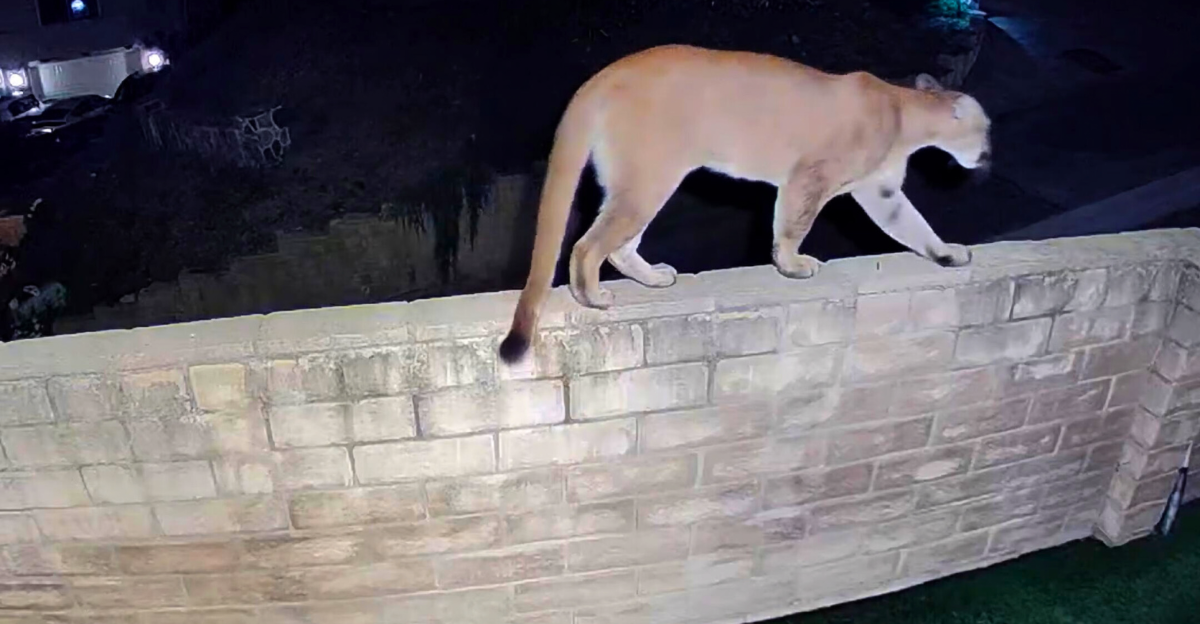
A silent crisis is unfolding in America. Cougars, also known as pumas or mountain lions, once roamed vast expanses of land. Today, their home ranges are becoming increasingly fragmented by urbanization, roads, and human development.
Not only does this disperse cougar populations, but it also threatens their genetic health and survival. Wildlife biologists and conservationists are pressing the need for “cougar corridors”—these are specially designed routes that enable the predators to move unharmed between ranges.
They seek to reassemble fragmented populations, minimize human-wildlife conflict, and maintain the long-term sustainability of the species. But as plans to construct these corridors are gaining momentum in nine states, disputes are breaking out. This article explores which states are taking action and the impending challenges of balancing conservation and human use.
1. California—Leading Urban Wildlife Crossings
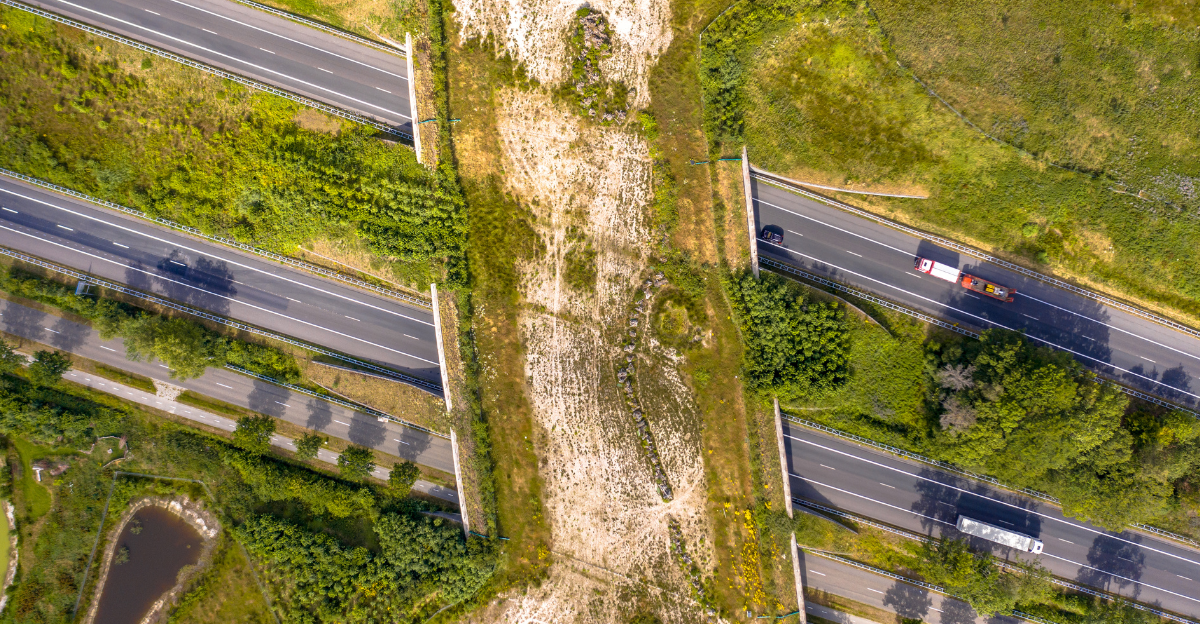
California is pioneering the way with cutting-edge wildlife conservation. The state’s most ambitious endeavor, the Wallis Annenberg Wildlife Crossing, was built over the 101 Freeway in Los Angeles.
This $90 million project seeks to link the Santa Monica Mountains to the Simi Hills so that cougars and other wildlife can move safely. The project was inspired by P-22, a mountain lion whose fame was sparked by crossing two urban freeways to arrive at Griffith Park, underlining the risk urbanization poses for wildlife.
In addition to this, the Bay Area Puma Project in California tracks puma activity to help plan corridors, demonstrating the state’s affinity for demonstrating the state’s commitment to human-wildlife coexistence.
2. Florida—Linking the Panhandle to the Keys
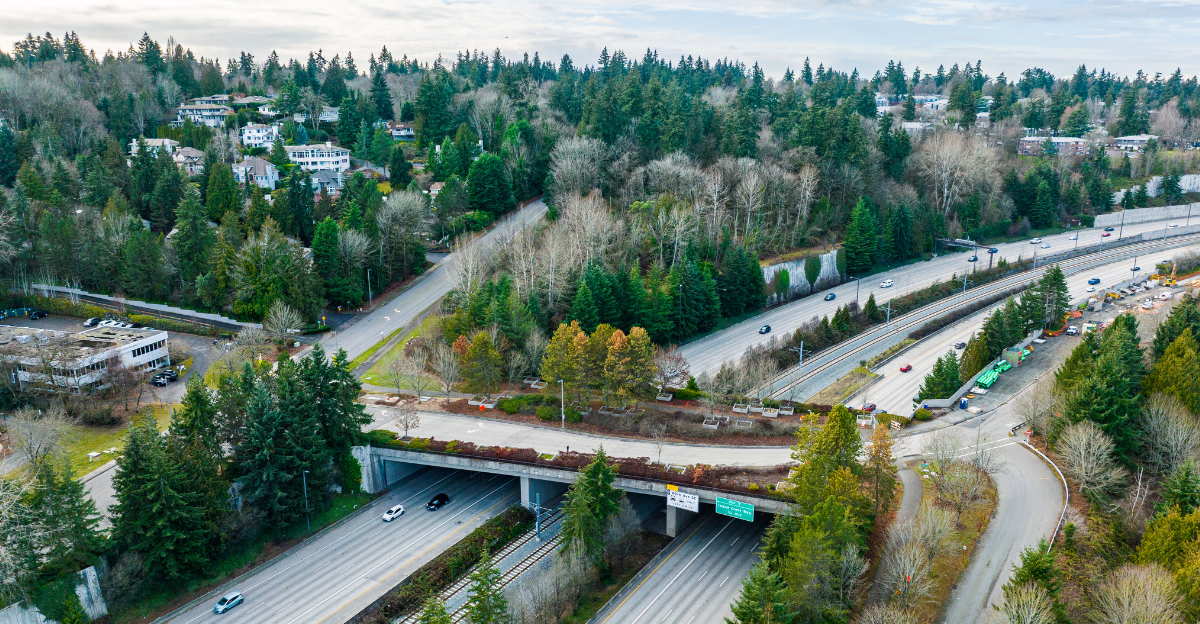
The Florida Wildlife Corridor project attempts to connect habitats from the Panhandle to the Everglades along nearly 800 miles. This corridor is vital to the threatened Florida panther, a cougar subspecies, as it enables it to move freely and retain genetic diversity.
Governor Ron DeSantis signed into law legislation appropriating up to $400 million for land acquisition to fund this project. The corridor is not just beneficial to panthers but to a range of other species, enhancing biodiversity and ecosystem health in the state.
3. Colorado—Bridging the Continental Divide
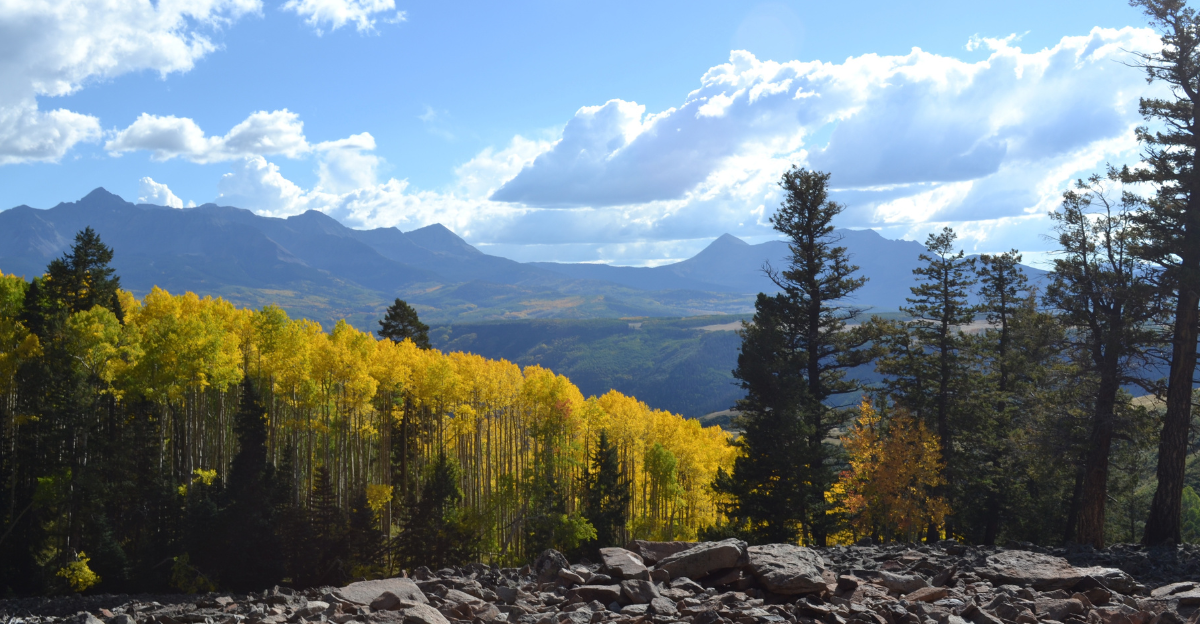
In Colorado, the emphasis is on minimizing the impact of highways on wildlife migration. The state has identified where wildlife crossings can reduce vehicle-wildlife collisions and provide safe passage for cougars and other wildlife. Projects such as the I-70 Wildlife Crossing seek to reconnect habitats that were severed by transportation projects.
By providing wildlife overpasses and underpasses tailored specifically for this purpose, Colorado aims to sustain ecological connectivity through the Continental Divide so that cougars remain can live on and be genetically diverse.
4. Washington—Integrating Science and Infrastructure
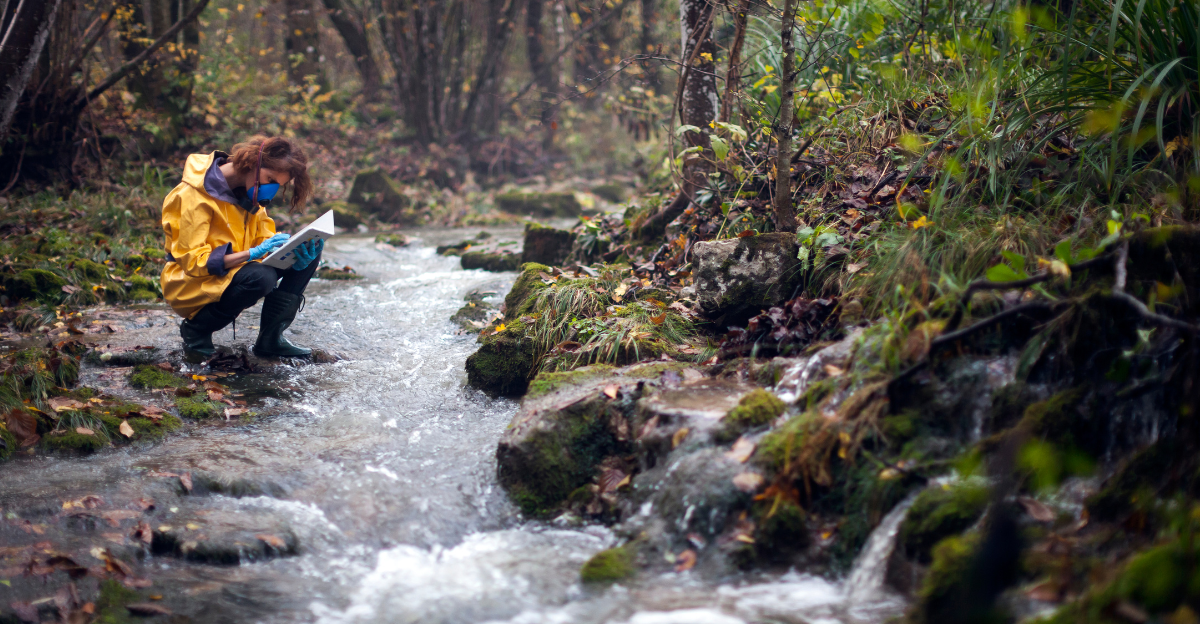
Washington State is linking scientific studies with infrastructure planning to assist cougar corridors. The state Department of Transportation works in tandem with wildlife biologists to map vital habitats and movement corridors.
They are part of a larger plan to minimize vehicle-wildlife collisions and preserve biodiversity. Washington’s vision is a precedent for striking a balance between development and conservation.
5. Oregon—Maintaining the Cascade Corridor
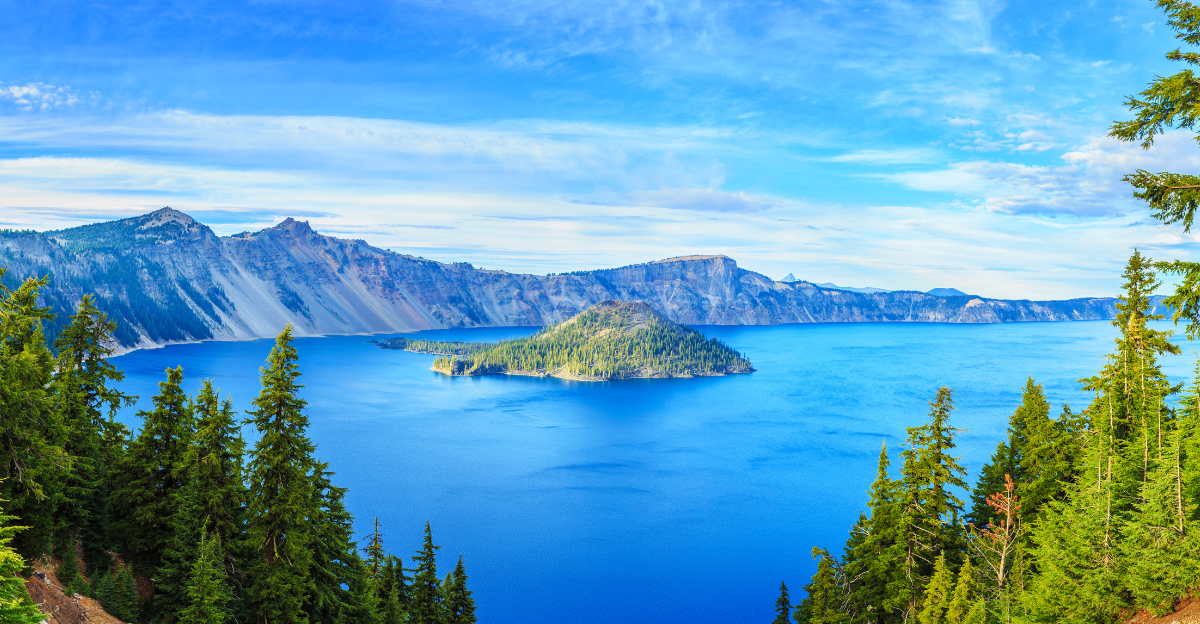
Habitat linkages are being saved and restored in the area by conservation organizations. Land conservation easements and open space planning are being carried out through cooperation with private landowners and government agencies.
This work will provide cougars and other wildlife with continued movement through the landscape, preserving healthy ecosystems and minimizing human-wildlife conflict.
6. New Mexico—Datil Mountains Protection
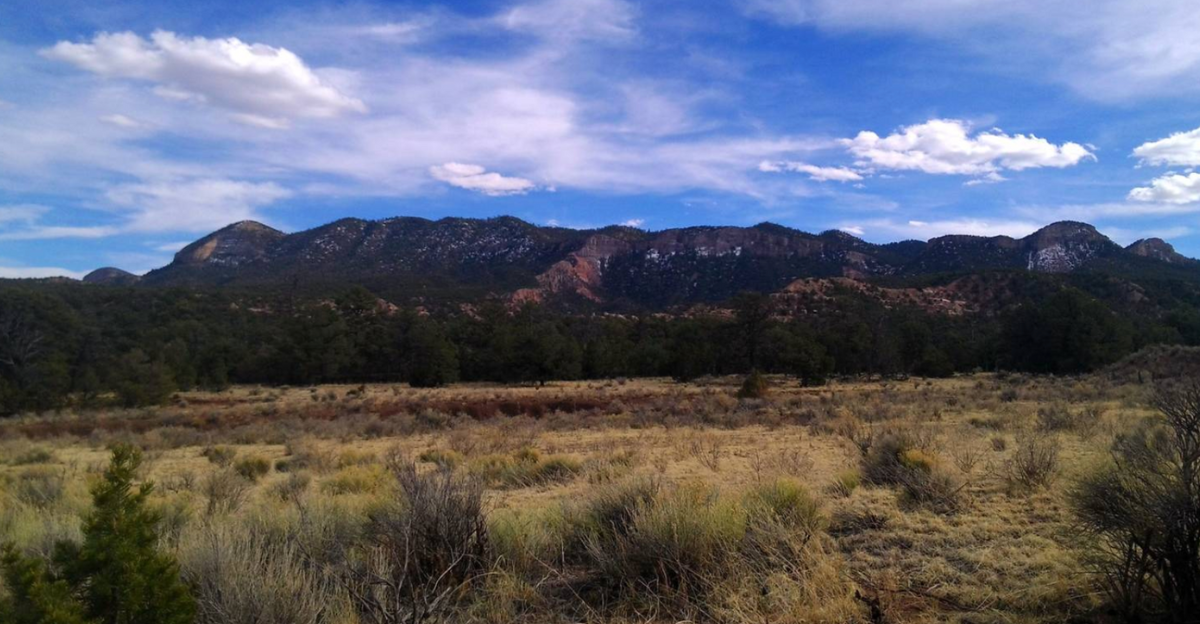
The Datil Mountains are being designated as a cougar connectivity site. The region provides essential habitat for mountain lions although fragmentation is a major threat. Conservationists support the designation of wildlife corridors to connect the Datil Mountains with other important habitats.
Using GIS modeling and land-use planning, efforts aim to map and protect important movement corridors. These projects are cited as important in preserving genetic diversity and population health of cougars in the Southwest.
7. Illinois—Monitoring Emerging Cougar Presence
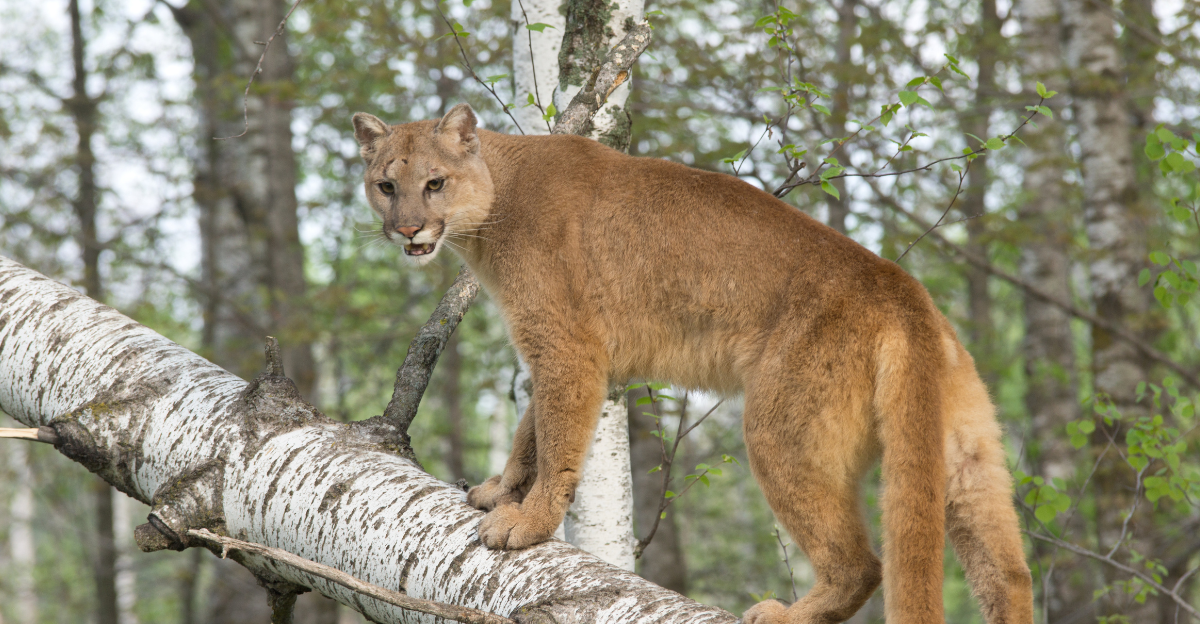
Illinois has experienced a rise in reported cougar sightings, which suggests a possible recolonization of the state. Public sightings and trail cameras have recorded these elusive predators, sparking debate over habitat connectivity and public safety.
While there are no documented established cougar populations in Illinois, the state Department of Natural Resources is tracking movement and weighing implications for land use. The incident highlights the benefit of planning ahead to make room for wildlife movement and reduce conflicts as cougars move into a new range.
8. Minnesota—Planning Ahead for Cougar Range Expansion
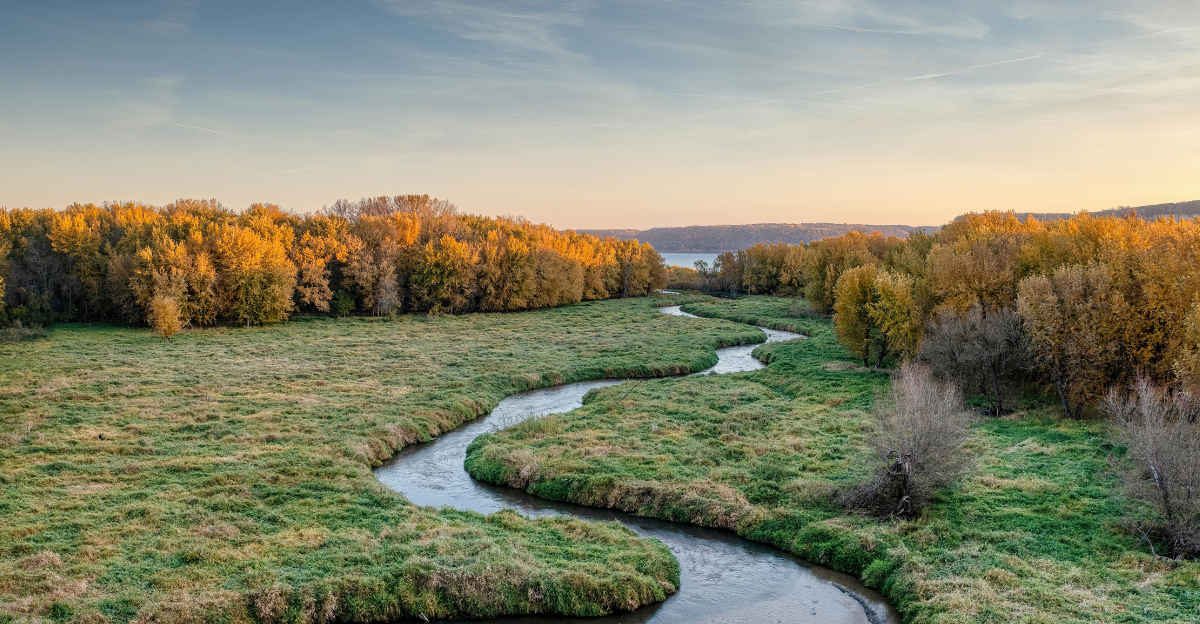
Minnesota’s vast forests and sparse human population make it an suitable landscape for cougars. Current research indicates that the state can support a healthy, sustainable population of cougars if connected to western populations.
Conservationists insist on the preservation of corridors from Minnesota to surrounding cougar populations in the Dakotas and other neighboring regions. By keeping big blocks of land intact and reducing barriers, Minnesota hopes to enable natural recolonization, enhancing biodiversity and ecological resilience in the region.
9. Michigan—Preparing for Potential Recolonization
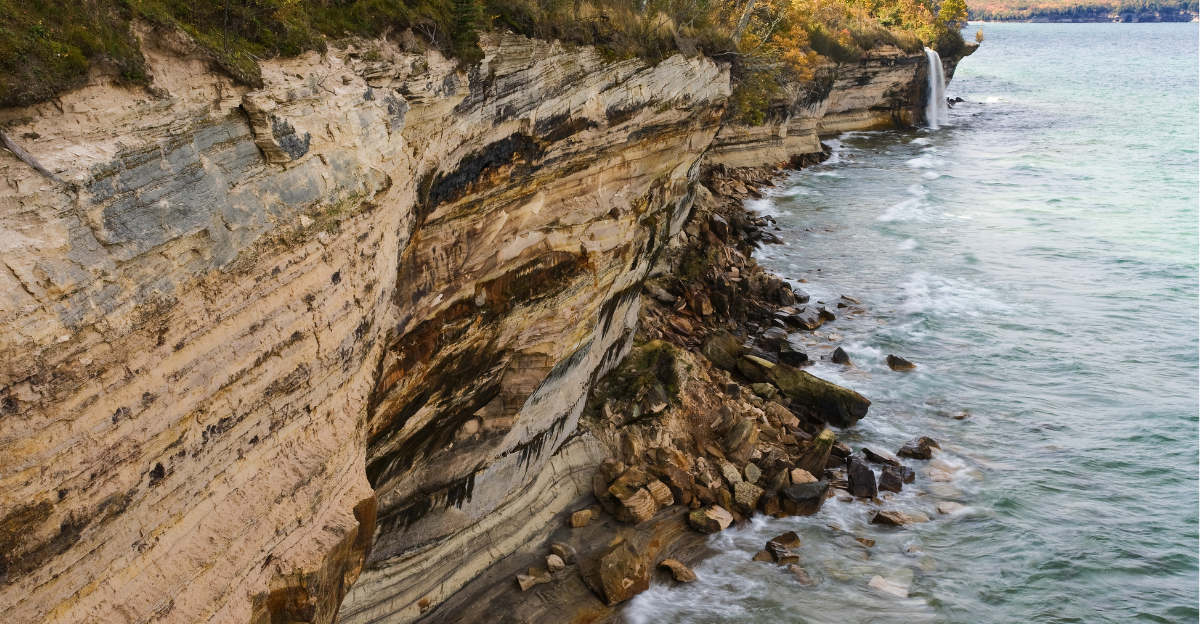
Michigan’s Upper Peninsula provides a suitable setting for cougars with ample prey and forest surface. While modern-day sightings are limited, the state is regarded as a likely site of recolonization. Public education and wildlife agencies are assessing habitat suitability and preparing for potential population establishment.
Conservation efforts are aimed at the protection and identification of possible corridors which would allow cougars to move from existing populations in neighboring states. Measures aim to balance public safety, land-use, and conservation goals.
Explore more of our trending stories and hit Follow to keep them coming to your feed!

Don’t miss out on more stories like this! Hit the Follow button at the top of this article to stay updated with the latest news. Share your thoughts in the comments—we’d love to hear from you!







